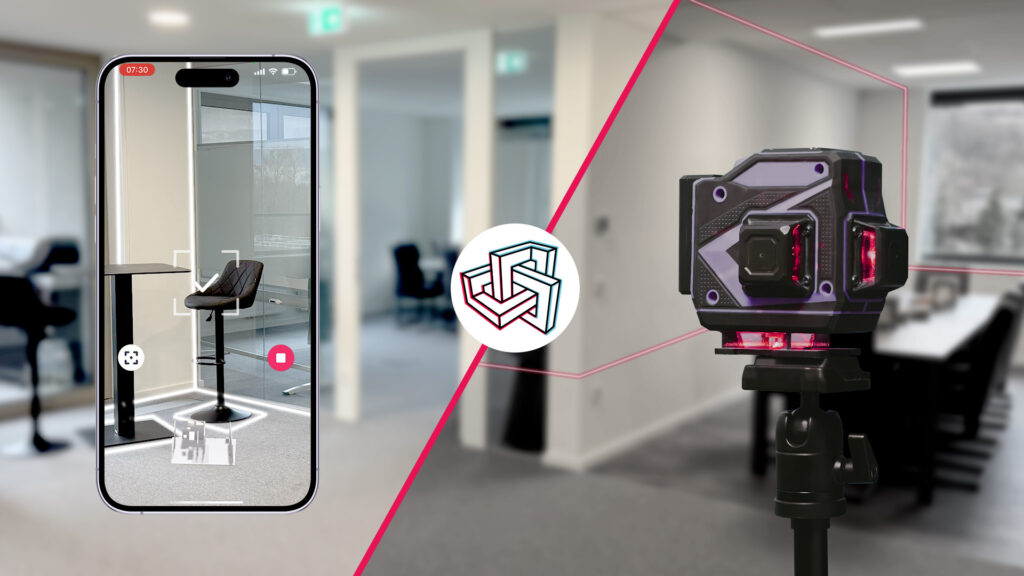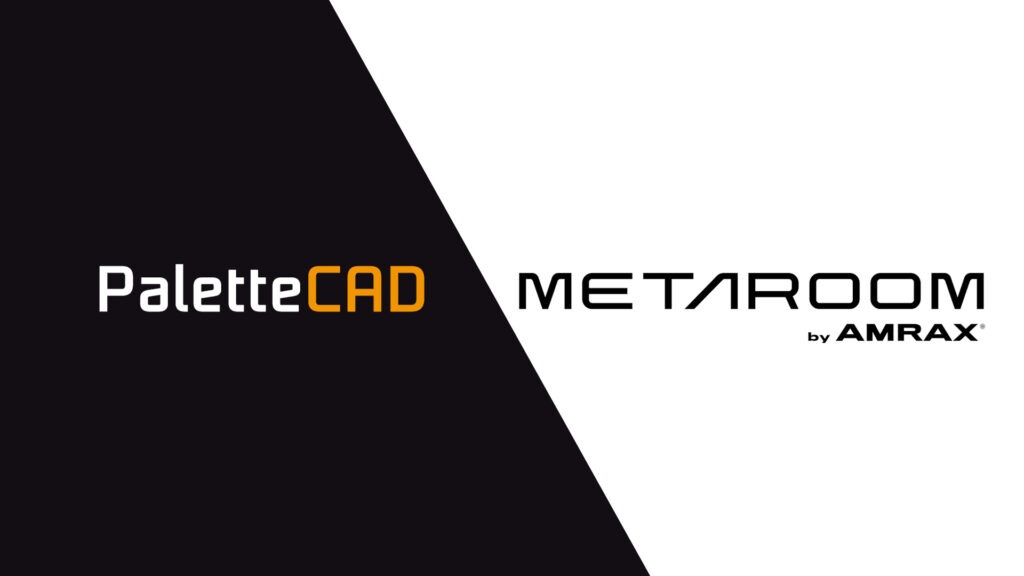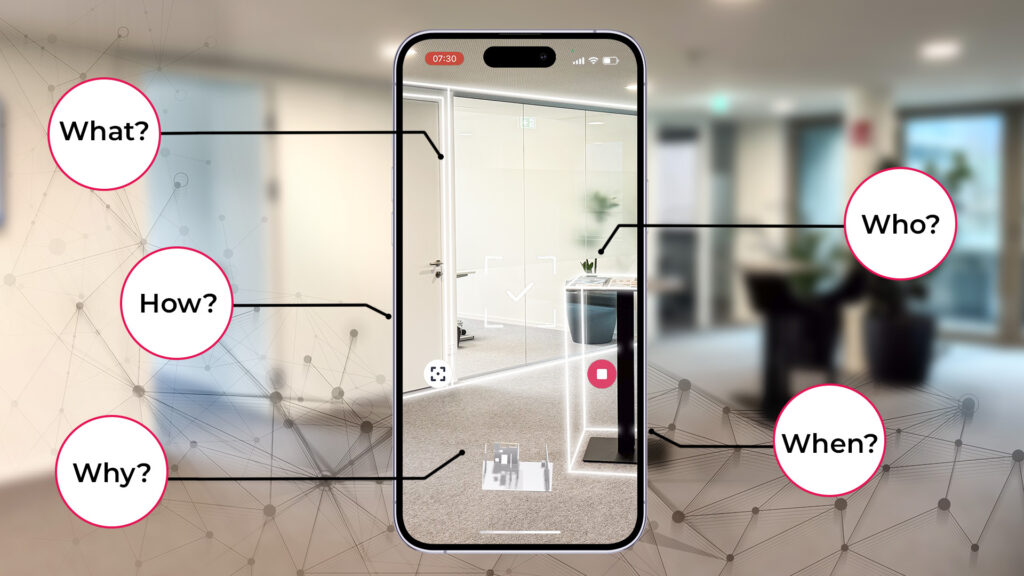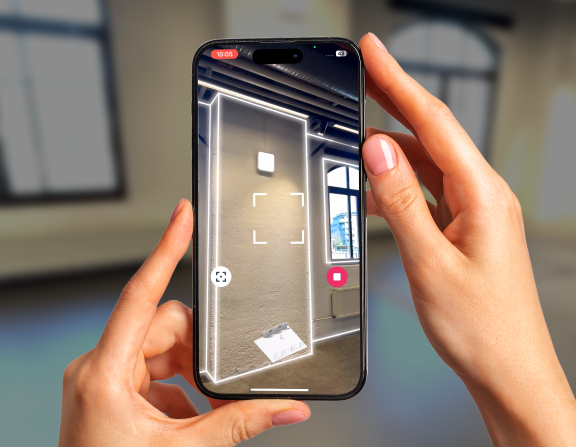The landscape of 3D scanning technology is witnessing a remarkable transition, evolving from the precision and reliability of traditional scanners to the accessibility and innovation of mobile app-based solutions. This evolution reflects a broader trend in technology: making sophisticated tools more accessible to a wider audience.
From the familiar, high-precision equipment of established brands like Leica BLK and FARO Focus to a new generation of mobile, app-based platforms – most notably the ground-breaking Metaroom® platform.
We are at the beginning of a revolution that allows us all to capture and shape the world in 3D – easily, quickly and everywhere.
Let’s discover the benefits of the different scanners together.
The Precision of Tradition: Leica BLK and FARO Focus
In the domain of high-fidelity 3D scanning, the LEICA BLK series and the FARO Focus stand as towering figures, representing the zenith of traditional scanning technology.
Leica BLK Series
The Leica BLK series, notably the BLK360, exemplifies precision and efficiency in capturing spatial data. Renowned for its compact design and ease of use, the BLK360 delivers high-resolution 3D images and accurate point clouds, making it a favorite among professionals in architecture, engineering, and construction (AEC).
- Application: Ideal for detailed architectural surveys, complex engineering projects and documentation of historic sites.
- Advantages: High accuracy, detailed images and reliable performance in different lighting conditions.
- Disadvantages: High acquisition costs (~ € 30,000), additional hardware required, limited export formats or additional software packages required.

Leica BLK Series. Source: leica-geosystems.com
FARO Focus Series
The FARO Focus series, including models like the Focus S and Focus M, is celebrated for its robust capabilities in 3D scanning across vast distances. Known for its durability, the Focus series can operate in challenging environments, providing precise measurements and detailed 3D models.
- Application: Suitable for large-scale construction monitoring, infrastructure development and forensic analysis.
- Advantages: Versatile for indoor and outdoor use, capable of capturing large structures and environments with high precision.
- Disadvantages: High acquisition costs (~ € 40,000), export format .e57 => additional software required for other formats
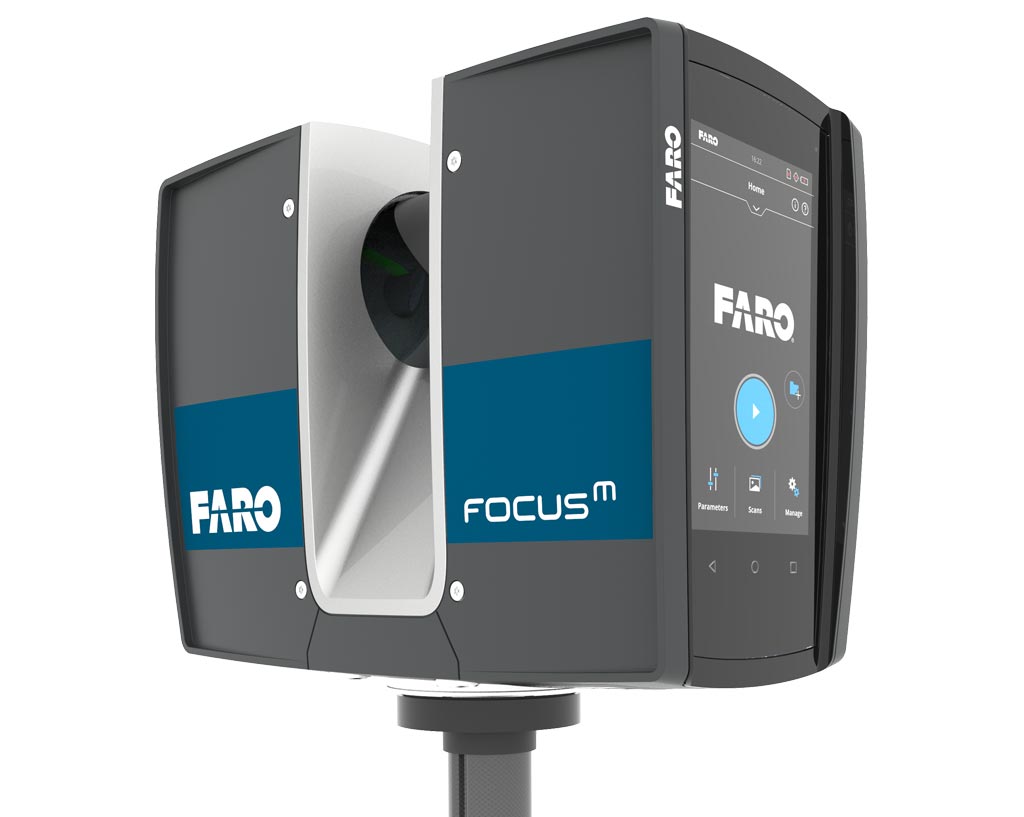
FARO Focus Series. Source: faro.com
Both Leica BLK and FARO Focus are the cornerstones of traditional 3D scanning technology and offer solutions that do not compromise on accuracy. In addition, the versatility of such systems, which can be used both indoors and outdoors, is an advantage not to be underestimated.
However, there are drawbacks to using this technology. The high initial cost of around €30,000 can be a significant investment for many companies. In addition to the financial outlay for the main device, there may be further costs for additional hardware. A major drawback is the limitation to certain export formats, which requires the purchase of additional software packages to enable smooth data integration and processing in other systems. This added complexity in the workflow can be a significant obstacle, especially if data integration with existing systems is required. Therefore, when weighing the pros and cons of this technology, data handling and compatibility must be given particular attention.
The Mobile Revolution: Metaroom® App and Metaroom® Studio
Conventional laser scanners have long been regarded as the masters of precision when it comes to creating detailed models. However, the high quality technology comes with its own challenges: not only are they expensive to purchase, but often only one is available per company. This makes them a coveted but limited commodity. Then there is the export process, which is often cumbersome and requires specialised software and additional steps.

Metaroom’s 3D scanner app.
Now there is a game changer – Metaroom® 3D room scanner app. This innovative app turns your Apple iPhone Pro* into a powerful 3D scanner without the need for expensive additional equipment. Here are the benefits at a glance:
- Availability: Always available with your smartphone in your pocket.
- Cost efficiency : No more need for expensive specialised equipment.
- Ease of use : An intuitive user interface makes 3D scanning accessible to everyone.
- Flexibility and portability : Enables quick capture of spaces without the hassle of setup or preparation.
- Seamless integration : Facilitates rapid data exchange and model editing, speeding up collaboration and project completion.
Metaroom® focusses on accessibility, user-friendliness and efficiency. Metaroom® is the key to a new era in which professional 3D scanning becomes affordable for every organisation – regardless of budget and resources. How does it work? We’ll show you here!
Scan with the Metaroom® App
To create a 3D model of a room with the Metaroom® app, you need a LiDAR-enabled Apple Pro device. You can download the app for free from the App Store. Once you have started the scan, the app will guide you through the scanning process as you move around the room. When the scan is complete, the app processes the data to create a 3D model, which is then uploaded to the cloud. There it can be accessed and edited on the Metaroom® Studio platform. This simplified process turns the complex task of 3D modelling into a user-friendly experience.
With the Metaroom® app, you can not only scan individual rooms, but also create 3D models of entire floors and even buildings.
Interested in learning more about digitizing interior spaces with a mobile app? Check out this guide on how to 3D scan a room with your iPhone or iPad!
Processing of 3D model and Enrichment
Once the scanning is completed, the data is uploaded and processed in the cloud. Within minutes the CAD-ready 3D model can be accessed and downloaded in Metaroom® Studio. There it can also be enriched with additional information, annotations, or specifications. This step increases the utility of the 3D model for further applications in the CAD software of choice. There are no additional costs for you – by using the Metaroom® app, you automatically have access to the Metaroom® Studio.

Metaroom® Studio is 3D room manager for better project teamwork.
Exporting the 3D Model
The true strength of Metaroom® lies in its ability to integrate with industry-standard software. Whether you’re working with Autodesk Revit, ArchiCAD, Relux, Dialux, Sketchup, Palette CAD, or other software. This facilitates an easy transition into the your preferred program for network planning, architectural design, or facility management. Metaroom’s export capabilities ensure that the transition from scan to model to planning is as smooth as possible.
This interoperability is crucial for professionals looking to leverage their 3D models across different stages of the building lifecycle, from initial design to renovation and maintenance.
The Metaroom® App simplifies the scanning process, enabling users to capture 3D models of rooms directly from their smartphones. Meanwhile, Metaroom® Studio provides a suite of tools for refining and editing these models, bridging the gap between raw data capture and practical application in various fields.
Shaping the Future of 3D Scanning
While traditional scanners such as the Leica BLK and the FARO Focus are ideal for demanding technical projects and the meticulous documentation of historical sites, as well as for forensic analyses the advent of mobile scanning solutions like Metaroom® represents a significant leap towards making 3D scanning technology more accessible and integrated into our daily lives. This shift not only expands the potential user base but also opens up new applications for 3D models in design, real estate, and beyond.
As we embrace this new era, the synergy between traditional scanners and the innovative accessibility of mobile scanners like Metaroom® will undoubtedly continue to push the boundaries of what’s possible in 3D scanning. The future of spatial capture technology lies in a blend of these methodologies, offering both the unparalleled precision needed by professionals and the accessibility desired by the wider public.
